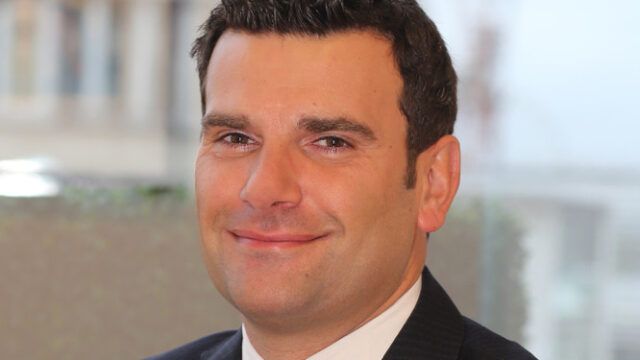The increasing risk of recession is leading investors to take a more careful approach in how they read inflationary and growth risks to position their portfolios.
While inflation is likely to remain above target for the foreseeable future and a stagflationary environment is looming, central banks might also get this problem under control. On the other hand, slowing growth amid geopolitical tensions and supply-side restrictions is much harder for policymakers to control.
Against such an unpredictable backdrop, Schroders believes an aggressive stance for portfolios towards a scenario of inflation or slowdown is potentially misguided.
“We still believe that the best course of action for the months ahead is a diversified portfolio that incorporates two types of assets,” said Ugo Montrucchio, a multi-asset fund manager at the firm.
A first group of assets includes those expected to hedge tail risk scenarios of sustained inflation, such as raw materials, precious metals and equity sectors more geared to real assets.
The fund house is also eyeing nominal and inflation-linked bonds, given these assets can positively respond to a rapid fall in economic momentum.
Building recession-proof portfolios
Investors also need to be mindful of the challenges of trying to isolate the precise tipping point of the economic cycle, even though there are various indicators that tend to ‘predict’ when a recession will take place.
Instead, Schroders suggests they look to previous periods when high inflation transitions into recession to determine when and how to change a particular asset mix.
“[These] tell us that assets that perform well at such times include equities, as their prices have typically fallen and markets begin to anticipate an economic recovery, and higher yielding bonds,” explained Montrucchio.
More specifically, as investors rotate away from defensive sectors, growth stocks, which are more positively correlated with lower real yields, are likely to re-emerge as the winners, he added. “Similarly, smaller companies typically stage a comeback during recessions as cost pressures ease.”
Diversifying risk
An important question for asset allocators is whether bonds can continue to be a diversifier of equity risk in an environment where inflationary pressures remain elevated.
Despite the difficulty in predicting future correlations, Schroders expects the hedging properties of bonds to be more limited in a world where inflationary risks dominate over growth concerns.
“With nominal bonds seemingly less helpful as a hedge against equity risk, trying to find other forms of protection will remain important for many investors,” added Montrucchio.
Meanwhile, Schroders favours gold, for several reasons: its convex response to geopolitical risks; its typical under-representation within diversified portfolios; and its diversifying role in concentrated central banks’ reserves.
Further, commodities should remain a core diversifier over the coming months. “We expect the unequal balance of supply and demand to persist, barring extreme scenarios of upside supply shocks or major demand slowdowns,” explained Montrucchio.
Schroders is also seeing cash resurfacing as a possible short-term diversifier of risks. Although its purchasing power is clearly being eroded given elevated inflation levels, and negative short-term real yields, savings rates are gradually rising. “The opportunity costs associated with holding cash should correspondingly decrease,” said Montrucchio.

















